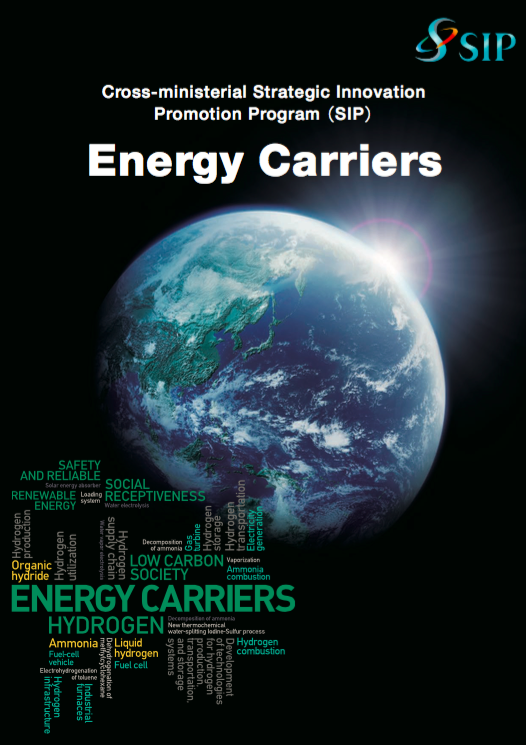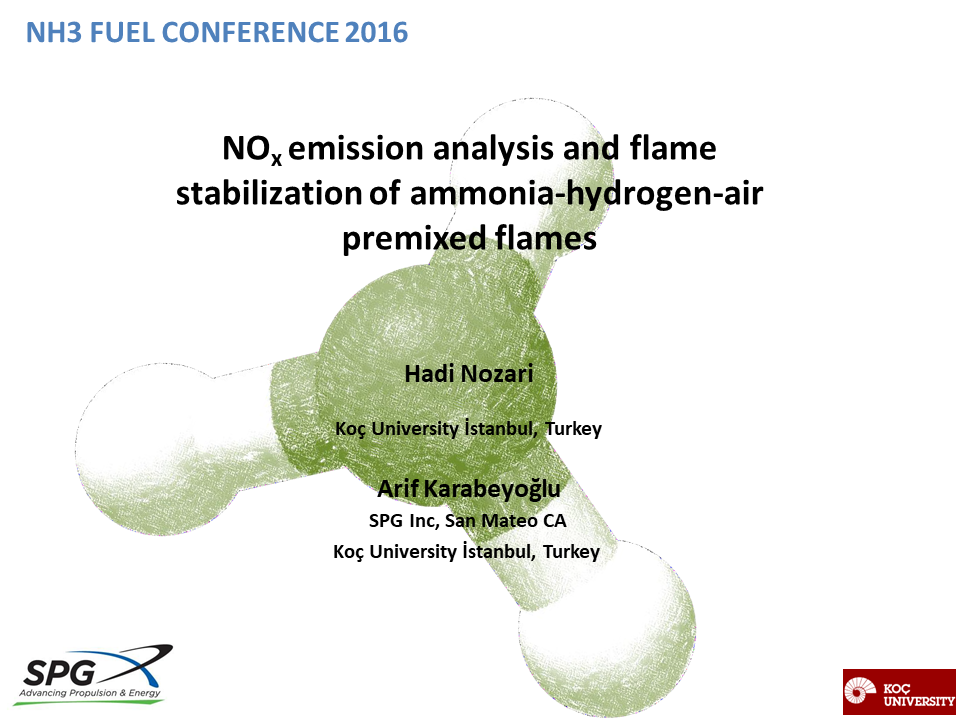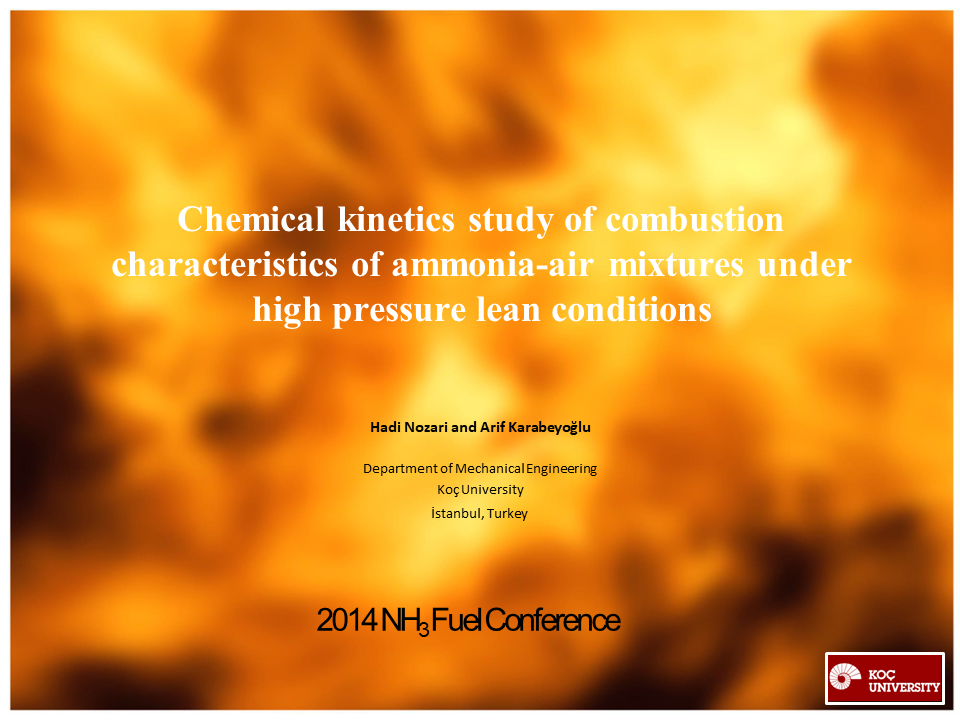Based on its well-known merits ammonia has been gaining special attention as a potential renewable energy carrier which can be replaced in power generation systems. Considering its low flame speed and its potential for producing fuel NOx as the main challenges of combusting ammonia, flame stability, combustion efficiency, and NOx formation are experimentally investigated. Focus is on premixed ammonia-hydrogen-air flames with high mixture fractions of ammonia (60-90% by volume) under standard temperature and pressure conditions. We introduce silicon-carbide (SiC) porous block as a practical and effective medium for ammonia-hydrogen-air flame stabilization which enables stable and efficient combustion of the mixtures…
Content Related to Koc University
Article
Ammonia Turbine Power Generation with Reduced NOx
Trevor Brown October 06, 2016
A common concern with ammonia fuel is that NOx emissions will be too high to control. However, in new research from Turkey, USA, and Japan, presented at this year's NH3 Fuel Conference in September 2016, two things became clear. First, NOx emissions can be reduced to less than 10ppm by employing good engineering design and exploiting the chemical properties of ammonia, which plays a dual role as both the fuel and the emissions-cleanup agent. Second, the deployment of ammonia-fueled turbines for power generation is not only feasible, but actively being developed, with demonstration units running today and improved demonstration projects currently in development.
Presentation
NOx emission analysis and flame stabilization of ammonia-hydrogen-air premixed flames
Based on its well-known merits, ammonia has been gaining special attention as a potential renewable energy carrier which can be replaced in power generation units. One of the major challenges with ammonia as a fuel is NOx emission, which has a complex underlying chemical kinetics. In an earlier chemical kinetics study by the authors, NOx formation sensitivity was thoroughly studied in a wide range of combustion conditions [Nozari & Karabeyoğlu, J.Fuel 2015]. As the next step, premixed ammonia-hydrogen-air flames are studied experimentally in standard temperature and pressure condition. Effects of some major influential parameters on NOx emission levels are investigated:…
Presentation
Numerical investigation of combustion characteristics of ammonia-air mixtures under high pressure lean conditions
In this numerical study we investigate the combustion characteristics of ammonia-air mixtures at elevated pressure and lean conditions which are encountered in gas turbine combustors. The Konnov mechanism is implemented to predict the laminar burning velocity, autoignition, species concentrations and the sensitivity analysis of ammonia decomposition and laminar flame speed. A laminar premixed freely propagating flame model is implemented to calculate burning velocity, mole fractions of species, and contribution of reactions in molar conversion of specific species. Also a homogenous reactor model is used to analyze the temporal mole fraction of radicals and ignition delay time. Effects of adding hydrogen…


